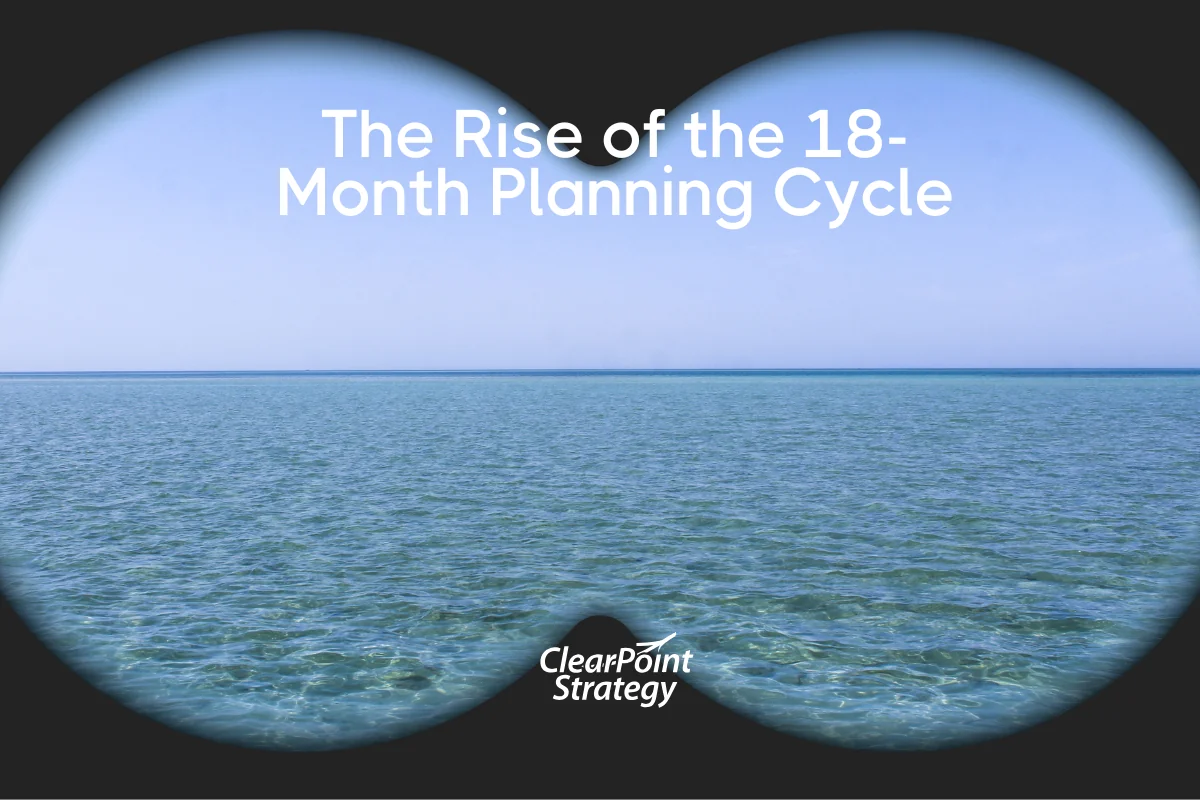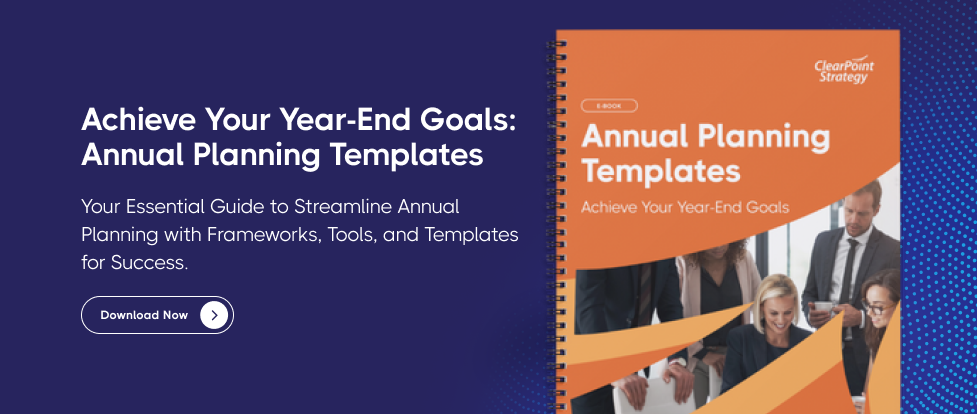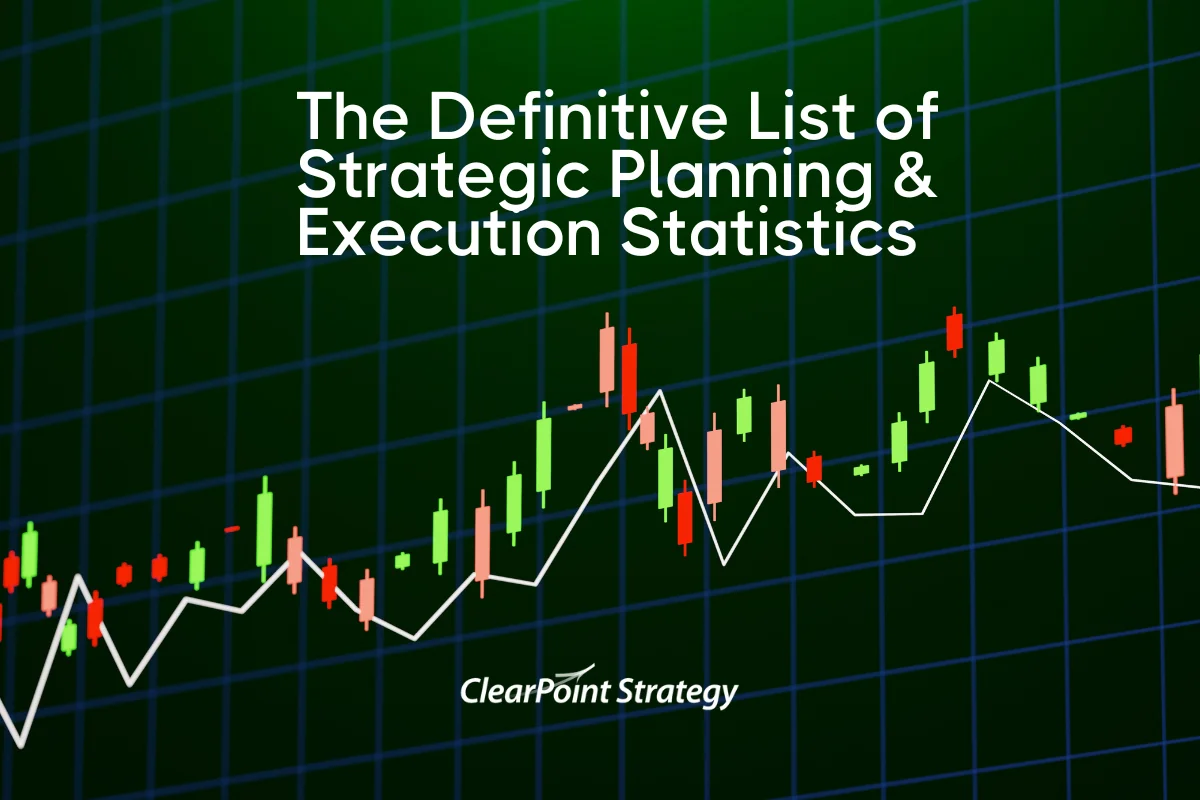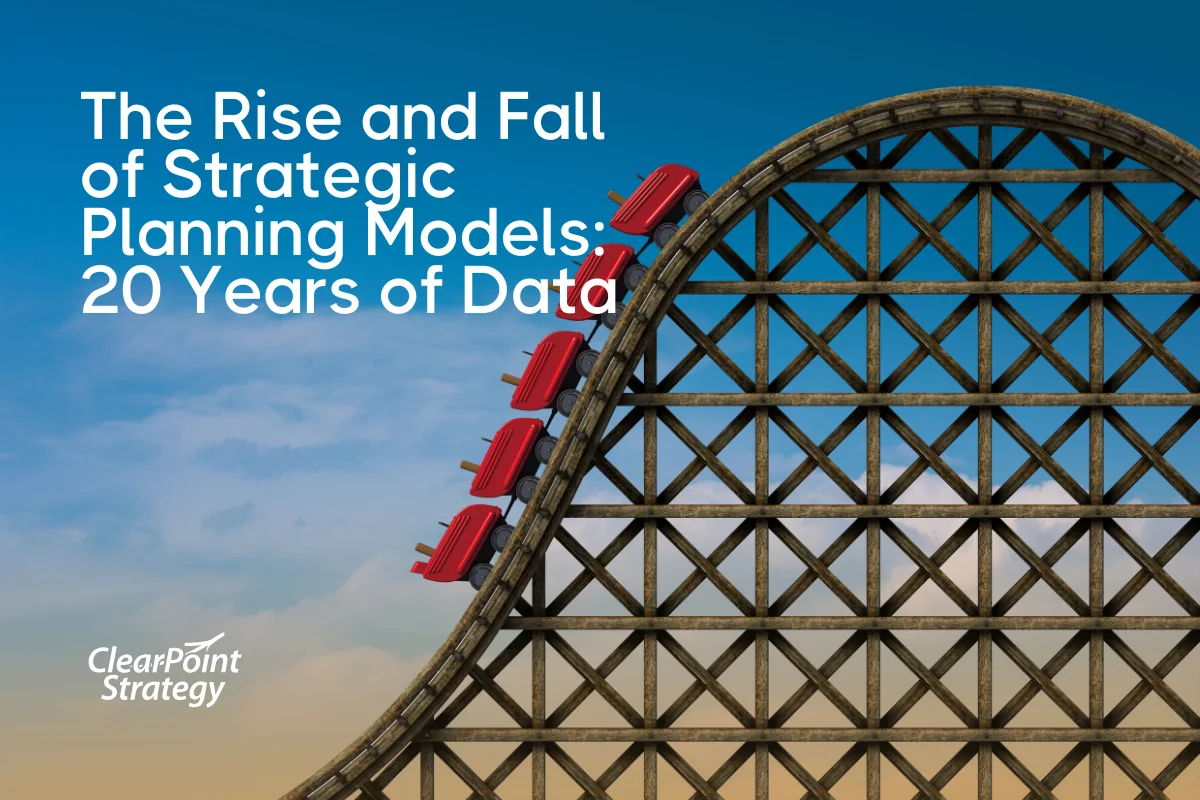Still planning three years out? Here’s why, in today’s fast-changing world, your organization should switch to an 18-month planning cycle.
Traditional annual planning is fading fast — and for good reason.
For decades, organizations relied on three- or five-year strategic plans. They would gather leadership once a year, draft a lofty vision, assign some high-level goals, and revisit it a year later. Sometimes.
But the world has changed. In just the past three years, we’ve seen the introduction of ChatGPT, global tariff shifts, and wars in Europe and the Middle East. The pace of disruption is no longer occasional — it's constant.
In this environment, strategy can't be static. That's why many organizations are adopting 12- to 24-month planning cycles with frequent reviews. At ClearPoint, we believe the 18-month horizon strikes the ideal balance between long-term vision and short-term adaptability. Here's why.
The Problem With Multi-year Planning
Our 2026 Strategic Planning Report found that organizations relying on traditional multi-year planning cycles experience low initiative completion rates of just 12% to 22%.
That’s not an execution issue alone; it's a misalignment between the pace of planning and the speed of change.
Multi-year plans:
- Overestimate stability
- Underestimate disruption
- Lead to over-planning and under-delivery
One of our municipal clients learned this the hard way. They were operating on a two-year budget planning cycle when consumer sentiment shifted. Local residents cut back on spending, and consumption tax revenues plummeted. Suddenly, a plan built on stable economic assumptions was irrelevant — and they had to scramble to adjust.
COVID As A Planning Catalyst
The pandemic didn’t just stress test organizations’ operations; it redefined how we plan.
Pre-2020, many organizations followed 36- to 60-month strategic cycles. COVID forced them into emergency-mode planning, making weekly or monthly adjustments to navigate the crisis.
This intense period revealed a powerful insight:
Shorter planning and execution cycles aren't just feasible — they're effective. In our data, we saw initiative timelines shrink to six to nine months for the most adaptive organizations.
Why 18 Months Is The New Planning Horizon
So why settle on 18 months? Because it offers:
- Strategic depth: It offers enough time to drive meaningful outcomes.
- Operational relevance: It’s a short-enough window to stay aligned with fast-changing realities.
- Financial fluency: It captures two fiscal cycles for many organizations.
- Review cadence: It allows for continuous feedback and real-time adjustments.
Most of our clients don’t abandon long-term thinking altogether. Instead, they adopt a rolling 12- to 24-month horizon with quarterly or trigger-based reviews.
In practice, this means one- to two-year plans with high-frequency updates — a model we’re seeing more and more across sectors.
The data backs up our 18-month recommendation:
- The average initiative length in our 2026 Megatrends dataset is 15.86 months.
- High-performing organizations target six- to nine-month execution cycles, adjusting as needed.
- Planning peaks in July and deadline crunches in December reflect outdated annual habits.
- Organizations adopting continuous planning flatten these cycles and outperform peers.
The takeaway? Flexibility beats formality. The 18-month window, coupled with structured reviews, delivers that flexibility without sacrificing direction.
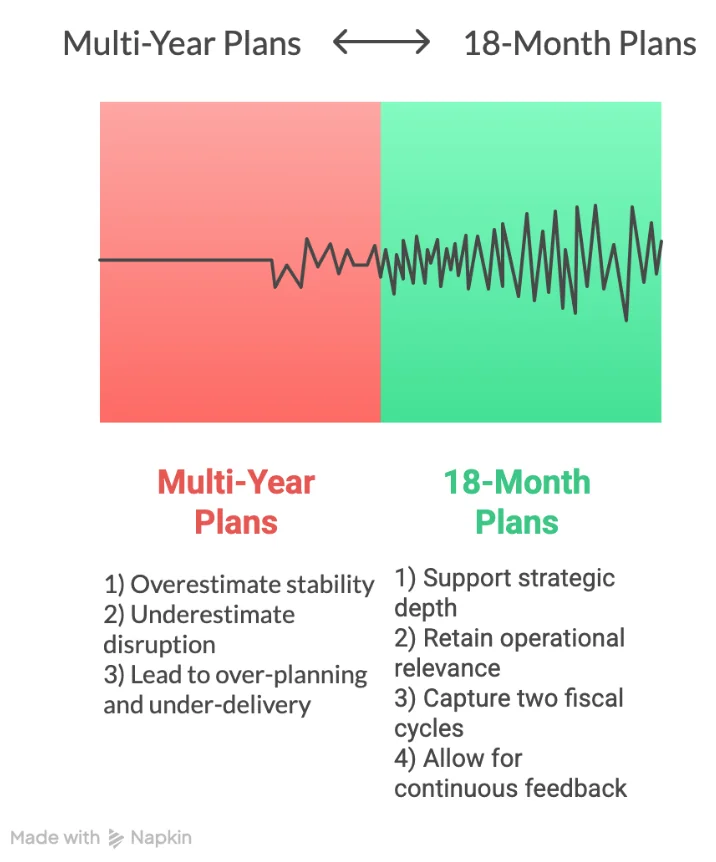
How Your Organization Can Adopt An 18-month Horizon
Transitioning to an 18-month model doesn’t require a complete planning overhaul but it does take intention.
Here’s how to start:
- Break from the July-to-December planning theater: Don’t let your calendar dictate strategy.
- Implement quarterly rolling reviews: These check-ins provide agility and accountability.
- Design plans with 18-month visibility: Think ahead, but leave room for change.
- Use integrated platforms: Real-time data and collaboration tools eliminate reporting delays and support rapid decision-making.
At ClearPoint, we’ve been on the front lines of this shift. Over the last few years, I’ve worked with dozens of organizations adjusting their planning cadence. One thing is clear: Those who move faster, learn faster.
We built our platform to support this new way of thinking. It supports rolling reviews, dynamic plan adjustments, and milestone-level tracking. Our clients who embrace 18-month planning horizons are not only more resilient, they’re also more strategic.

Achieve Breakthrough Results With A Shorter Planning Cycle
Annual planning isn’t dead — but it’s no longer enough.
In today’s world, leaders need both focus and flexibility. The 18-month strategic horizon offers just that: It’s long enough to aim high yet short enough to adapt.
Organizations that make this shift will be better equipped to navigate disruption, capitalize on opportunities, and deliver real results. The future belongs to the fast, and 18-month planning is how they get there.

.svg)
